20+ Plants In Mustard Family
Most commonly flowers yellow but occasionally white and about 1 inch in diameter. Web 140 Share 24K views 1 year ago mustard mustardplant edibleplants Learn how to identify plants in the mustard family Brassicaceae or Cruciferae.

Family Brassicaceae Mustard Family Go Botany
Dames rocket Hesperis matronalis Anne Pearce WIFDN.
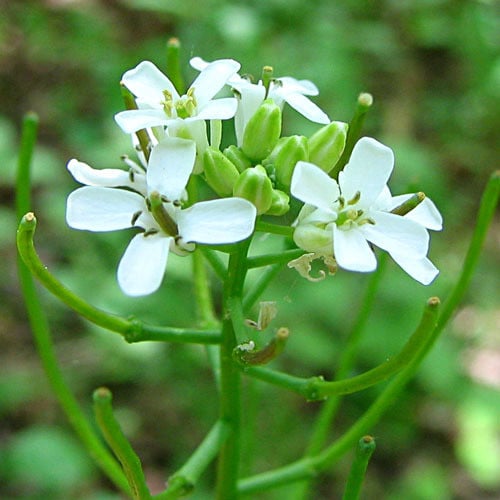
. Mustard flowers can also come in white color. Prepare the soil where mustard plants will grow with your choice of either a two-inch layer of compost mixed down into the top six to 12 inches of the ground or a 10-10-10 fertilizer blend applied at a rate of 14 cups per 10-foot row of mustard greens. Mustard is one of the leading spices worldwide with its paste popularly used for flavoring hotdogs and hamburgers.
Brassicaceae mustard family All of the species in the family Brassicaceae in New England are annual biennial or perennial herbs. Wildflower Mustard Sinapissylvestris is a perennial herbaceous plant that grows in moist areas. These cruciferous edibles would quite a salad make but when it comes to pretty garden plants I would choose to grow a cousin of theirs the.
Web Brassicaceae formerly Cruciferae the mustard family of flowering plants order Brassicales composed of 338 genera and some 3700 species. Field Mustard Sinapis alba is a biennial plant that produces large yellow flowers. From Broccoflower to Alyssum August 10 2014 Joshua SiskinFlowersNo comments sweet alyssum Lobularia maritima A tangy radish a broccoflower and a brussels sprout.
Web Description Flowers in the mustard family are all similar and theyre a great way to identify a member of the mustard family. Plants can reach 16 cm 63 in in length. Web Science Encyclopedias almanacs transcripts and maps Mustard Family Brassicaceae Mustard Family Brassicaceae views 3495561 updated Mustard Family Brassicaceae The Many Varieties of The Cabbage Other Edible Species Weeds Resources The mustard family or Brassicaceae contains about 3000 species of plants.
The family includes many plants of economic importance that have been extensively altered and domesticated by humans especially those of the genus Brassica which includes cabbage broccoli. Brassicaceae species are characterized by four-petalled cross-shaped flowers that feature two long and two short stamens and produce podlike. Not all mustard weeds are controlled with the same tactics though so identification can be.
Web The mustard plant is any one of several plant species in the genera Brassica and Sinapis in the family Brassicaceae the mustard family. Web The mustard Brassicacaea plant family includes vegetables such as broccoli cauliflower and cabbage as well as several common New York weedsThe weedy mustards that form spring rosettes can be hard to identify as they have similar forms and features. Web Mustard plants can grow anywhere from 6 to 20 feet tall with each stalk bearing clusters of small yellow flowers.
Web What is it. Web Mustard has been used since antiquity for its supposed efficacy in treating symptoms of rheumatism gout arthritis colds and fever. Web Mustard Family Similar Species.
Leaves are usually alternate and may be simple or are sometimes divided into lobes. This edible plant family is so. Web The three common types of culinary mustard are White or yellow mustardBrassica alba other botanical name.
It is a biennial flowering plant in the mustard family that is an aggressive invader of woodlands throughout the United States. It is also a favored condiment for chutneys salad dressings and dry rubs. Mustard Brassica alba is a plant from the cabbage family grown for its seeds and green tops.
Web Brassica ˈ b r æ s ɪ k ə is a genus of plants in the cabbage and mustard family BrassicaceaeThe members of the genus are informally known as cruciferous vegetables cabbages or mustard plantsCrops from this genus are sometimes called cole cropsderived from the Latin caulis denoting the stem or stalk of a plant. Mustard seed is used as a spice. Plant breeders developed the starch-storage abilities of different parts of the plant to come up with each unique vegetable.
Both white or yellow mustard and brown mustard are widely used as a condiment with various foods particularly cold meats sausages and salad dressings. Once you identify a mustard then you know it is edible. Web Everyone will be familiar with cultivated brassicas such as cabbage brussels sprouts turnips rocket and broccoli but as these have been selectively bred for over 10 000 years many now bear only a passing resemblance to their wild prototypes.
Grinding and mixing the seeds with water vinegar or other liquids creates the yellow condiment known as prepared mustard. Web Growing Conditions for Mustard Greens. Each flower consists of four petals along with six stamens making them a self-fertile flower.
The seeds are used for Dijon-type mustards. This is the hottest mustard. Web Brassicaceae ˌbræsɪˈkeɪsiːˌiː - siˌaɪ or the older Cruciferae kruːˈsɪfəri 2 is a medium-sized and economically important family of flowering plants commonly known as the mustards the crucifers or the cabbage family.
Web Species Of Mustard Plant Field Mustard. Their findings included a minimum vessel count of eight square mustard bottles according to McGuire. Web 8 Comments.
Web The Mustard Family. Members of the mustard family Brassicaceae are herbaceous biennials and perennials with alternate stem leaves and basal rosettes of leaves. An alternate name for this family is the Cruciferae derived from its cross-shaped flower parts.
It is a member of. Garlic mustard alliaria petiolata is also known as garlic root hedge garlic Jack-in-the-bush and other names. This is the mildest tasting of.
Mustards Brassica spp are herbaceous annual plants in the family Brassicaceae grown for their seeds which are used as a spice. The leaves of the plant are toothed lobed and occasionally have the larger terminal lobes. Web Interestingly six of our common vegetables--cabbage cauliflower kohlrabi Brussels sprouts broccoli and kale--were all bred from a single species of mustard Brassica oleracea.
Web Mustard condiment made from the pungent seeds of either of two main herbs belonging to the family Brassicaceae. Mustard plants are thin herbaceous herbs with yellow flowers. Flowers are four-parted and arranged in terminal clusters.
Web Commonly known as the mustard family Brassicaceae contains some 338 genera and more than 3700 species of flowering plants distributed throughout the world.
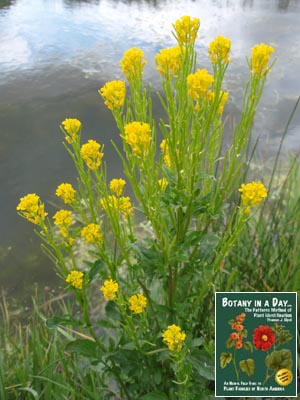
Brassicaceae Mustard Family Identify Plants Weeds And Flowers

Spring Weeds In The Mustard Family Awkward Botany

Plantae Plants Brassicaceae Arthropodafotos De

What S In Bloom On Sageflats And Sunny Foothills Late June 2022 Teton Plants

Mustard Cabbage Family Brassicaceae Archives Gardener S Path
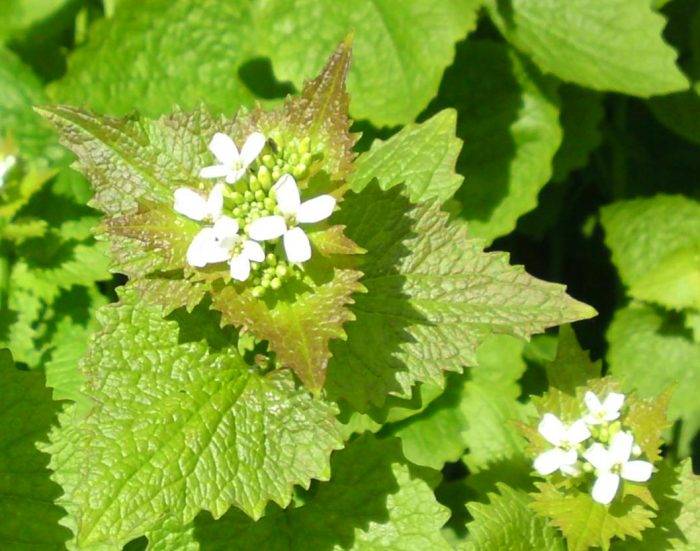
An Introduction To The Mustard Cabbage Brassica Family For Foragers Galloway Wild Foods
Domesticated Vegetables Bred From Wild Mustard Inspired By Yesterday S Post R Coolguides
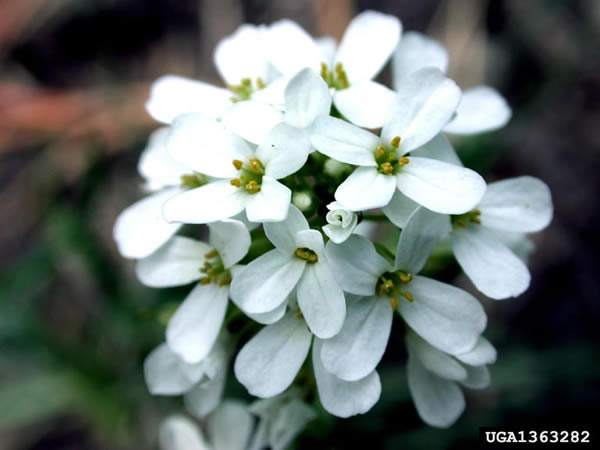
Brassicaceae Mustard Family Wildlife Journal Junior

5 Mustard Varieties For The Spring Garden Hobby Farms
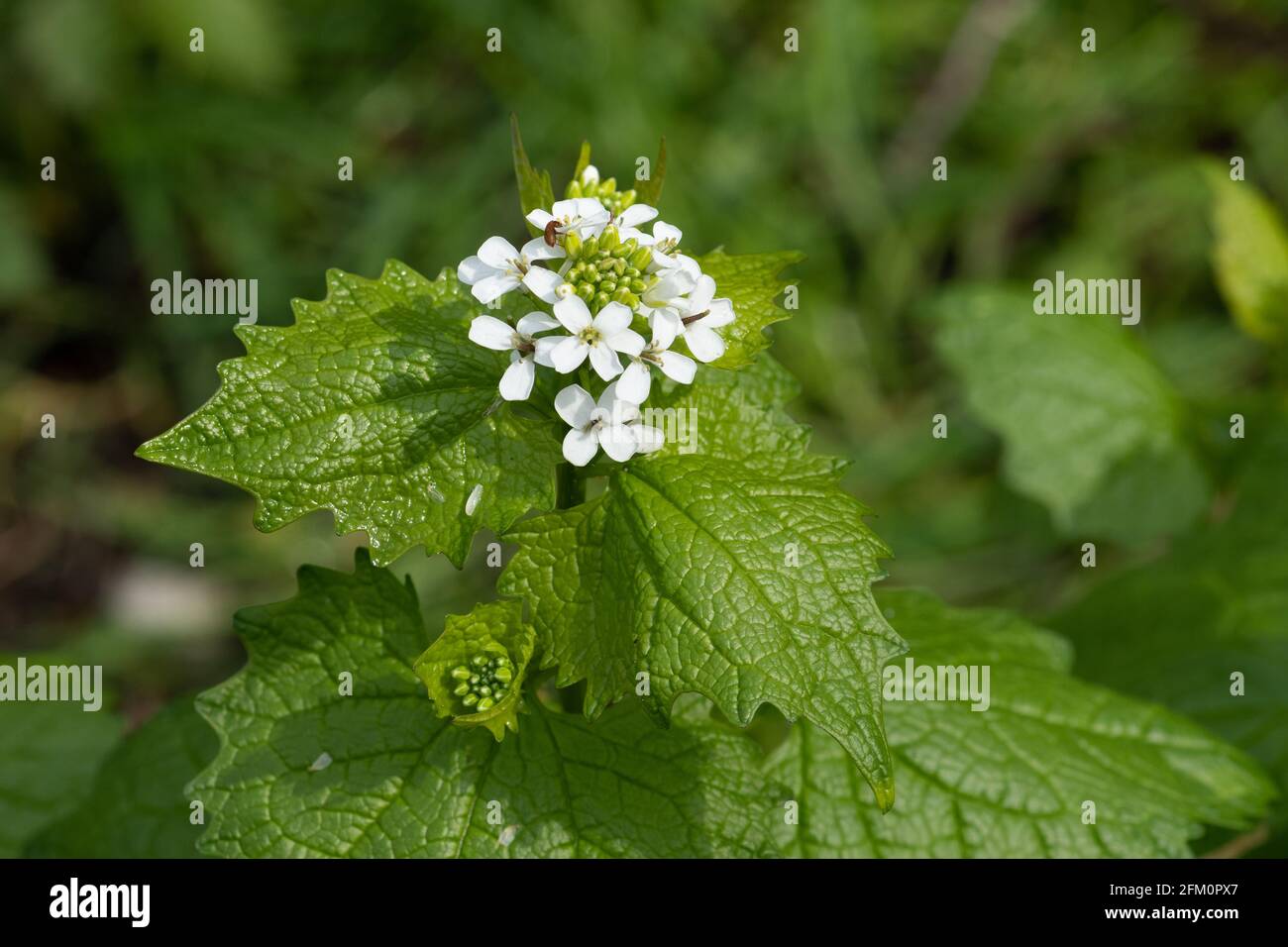
Mustard Family Hi Res Stock Photography And Images Alamy
Family Brassicaceae The Worldwide Vegetables
Wild Mustard Brassica And Sinapis Species Identification Guide
What Kind Of Plant Is This In My Garden Quora
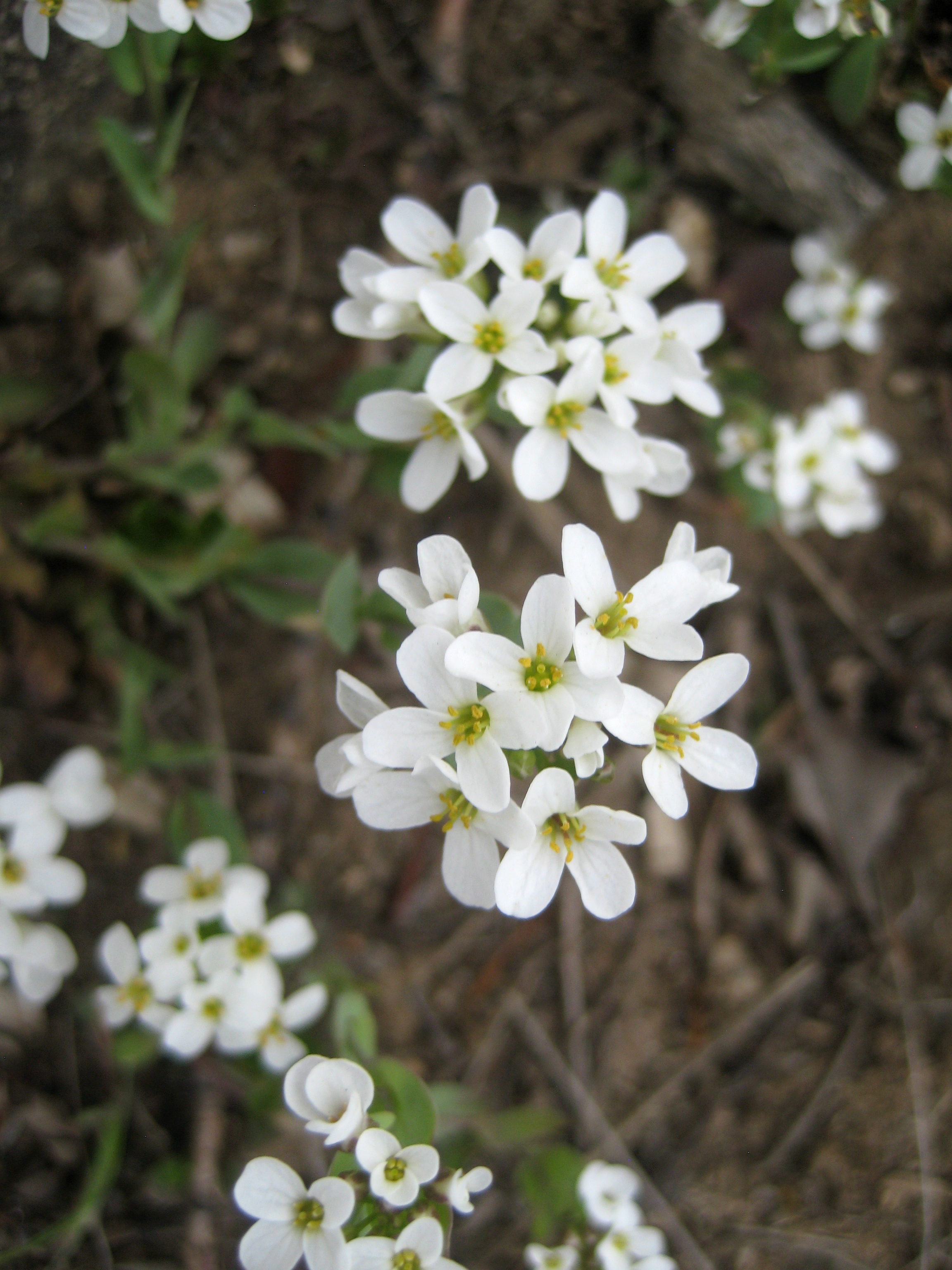
You Re My Candytuft Wild Food Girl
Wild Mustard Brassica And Sinapis Species Identification Guide

Weed Gallery Mustards Uc Ipm
Family Brassicaceae The Worldwide Vegetables